Cultural Walk Bigodi Uganda. Sitting on the edge of the Kibale National Park, well-known for chimpanzee trekking, is the small village of Bigodi. Bigodi is a six-hour drive, west of Kampala, the bustling capital of Uganda. Bigodi is a village of rolling hills, thick green vegetation, and mud brick huts.
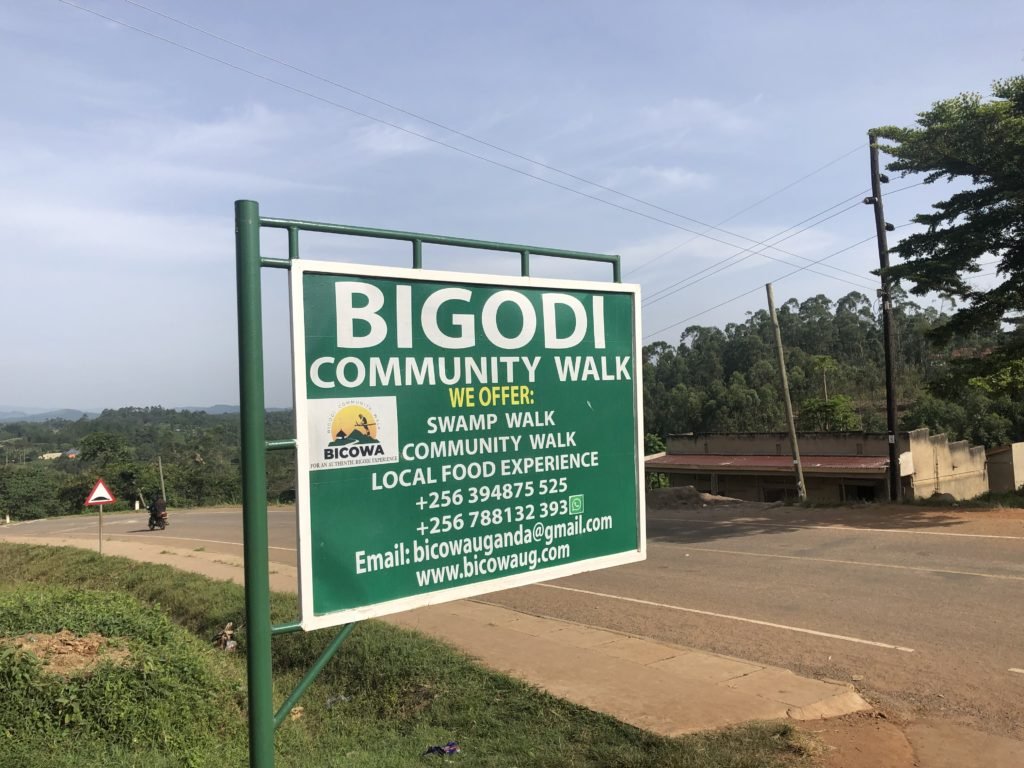
While Bigodi might be an average village seen across Uganda, the village has created a sustainable and responsible tourism program, which provides a great experience for visitors while contributing money to the village. Visitors have the options of a community walk, swamp walk, and a local food experience. This endeavor employs locals as guides who welcome 4000 tourists a year. The funds from the project employs teachers, cooks, and support personal. The project has resulted in lower educational fees for parents, additional water wells, a mid-wife center avoiding a 40 km drive to the closest medical facility, and numerous other projects.
Check out my tour and agenda with G Adventures. I was invited by G Adventures to attend this tour. And I will earn a fee if you book a trip with G.
I am a G Wanderer, part of a team of content creators who work with G Adventures. I was invited to join the 8-day Culture & Wildlife of Uganda and Rwanda and share my experiences and impressions traveling with G.
I met my guide, Mary, at Bigodi’s visitor center, where she overviewed my upcoming Cultural Walk. I quickly learned that Mary had transitioned from being a farmer to a guide, receiving tourism training at the Bigodi Hotel and Tourism Training Institute. She explained her pride and joy at having the opportunity to use her skills and training to showcase Bigodi to visitors.
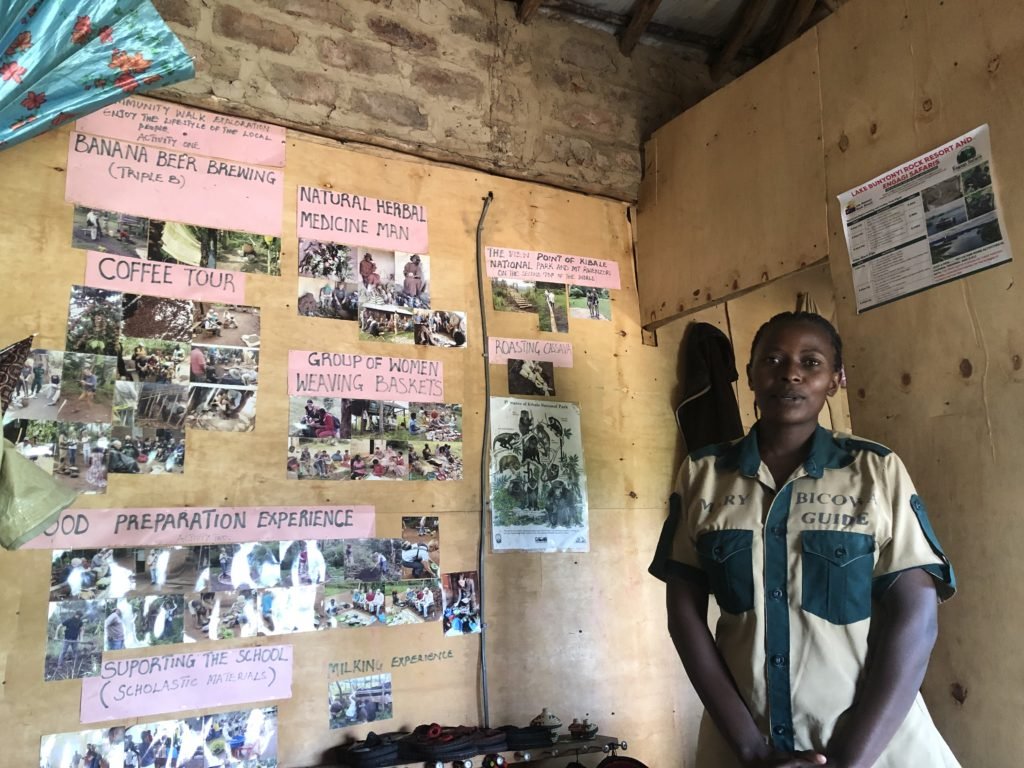
Meeting Mary
We strolled into the village, passing homes and businesses, and transitioned onto reddish dirt paths as the jungle closed in. Walking up a sloping hill, we arrived at our first stop. A man greeted me with a large smile as he young son looked on. I was at the home/business of the local distillery. He was known for his skills, passed down from his father, in producing both beer and gin. I was a bit surprised when I learned that both were derived from bananas. I was quite unaware that people made beer from bananas and even more surprised that you could make gin from bananas. He also created non-alcoholic banana juice.
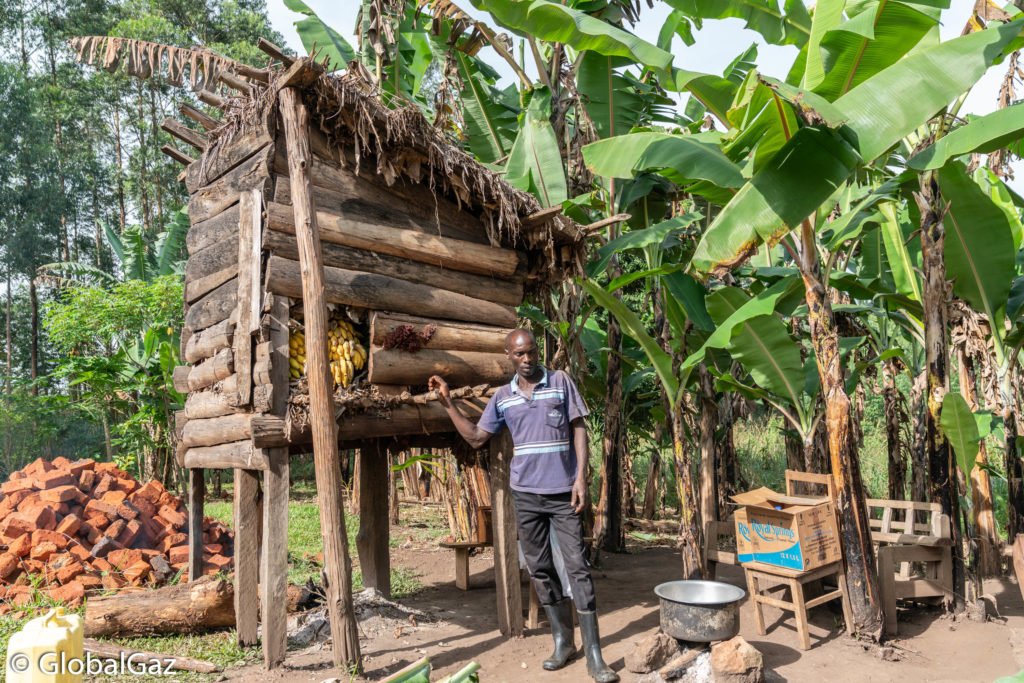
The man laid out the tools of the trade as he began to prepare some fresh banana juice for me as I relaxed on a bench. His work product was all made from local ingredients found in Bigodi. I watched as he mashed bananas in a pot with some local greens. He added in some water, and then strained the mixture into a cup. It was delicious. After cooling off with the juice I then sampled both the banana beer and the gin. I was surprised when sipping the gin that it really did taste like gin with a slight, slight hint of the banana. Mary and I bid him a fond adieu.

Within minutes, we had arrived at our second stop. We were at the home of an older woman who made local coffee. I noted with great appreciation the professionalism of the Cultural Walk. When we arrived at both the banana beer stop and the coffee stop, both people were prepared and waiting. I asked my guide Mary, and she informed me that her colleagues, made phone calls to our upcoming stops when we had left the visitor’s center. I was impressed.

Uganda is the second largest exporter of coffee in Africa and it contributes 17% of Uganda’s exports. Coffee is one of Bigodi’s cash earners. I took my seat outside of the woman’s home as she began to grind the coffee beans. Afterwards, she started a small fire to boil my freshly made dark, thick local coffee.
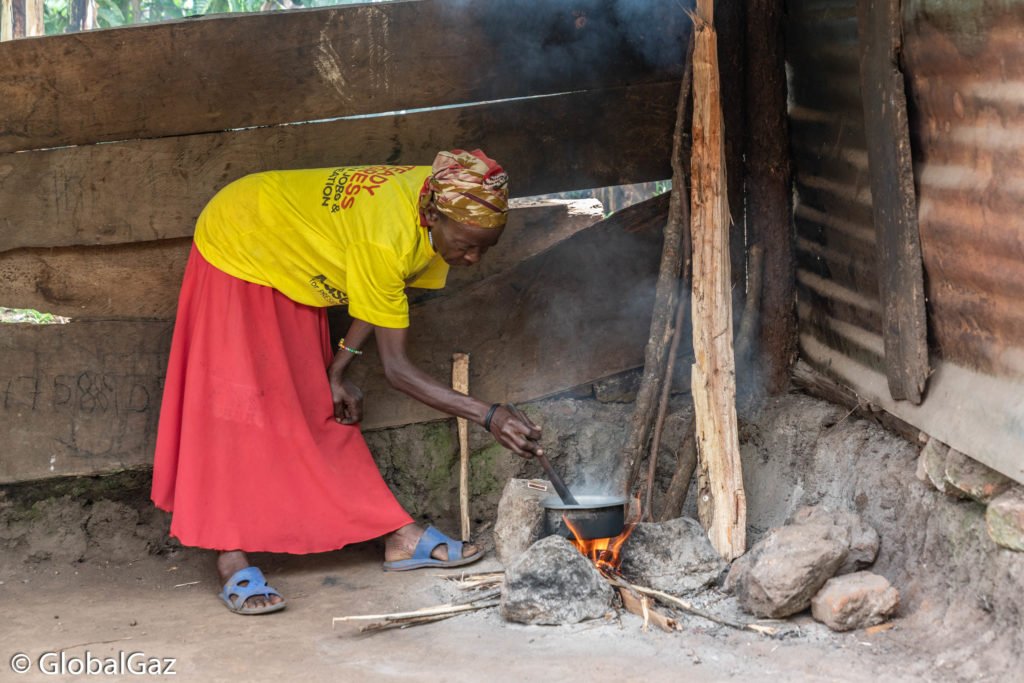
Our last stop was the local witch doctor. Uganda is primarily a Christian nation with 84% following this faith and 14% following Islam. But a very small percentage still practice traditional animism. I approached a small, semi-open mudbrick hut and met the local shaman (traditional healer).
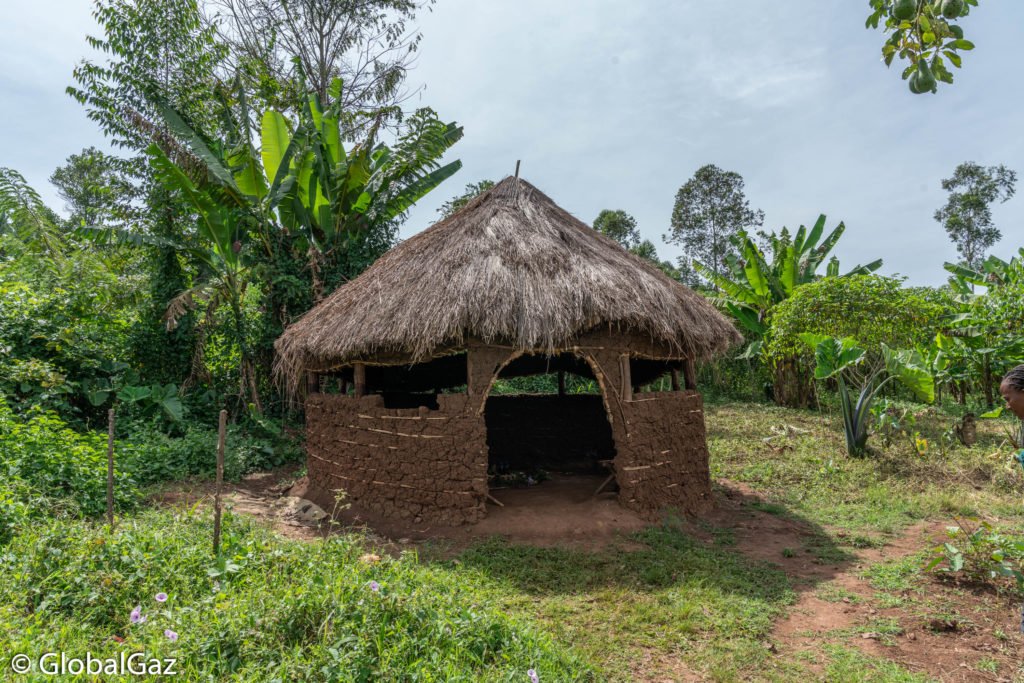
I eased into a traditionally-made wooden stool. The bearded man donned a very worn brown hat and poncho. These items were passed on to him from his father, who was also a practitioner. Laid out in front of him was a varied collection of potions, herbs, and even skulls. Villagers consulted with him for a myriad of reasons, from treating malaria to placing a curse on a troublesome neighbor. I had noted a couple of churches in Bigodi, and I enquired whether the local priests would consult with him. And yes, even the priests would meet with the shaman.
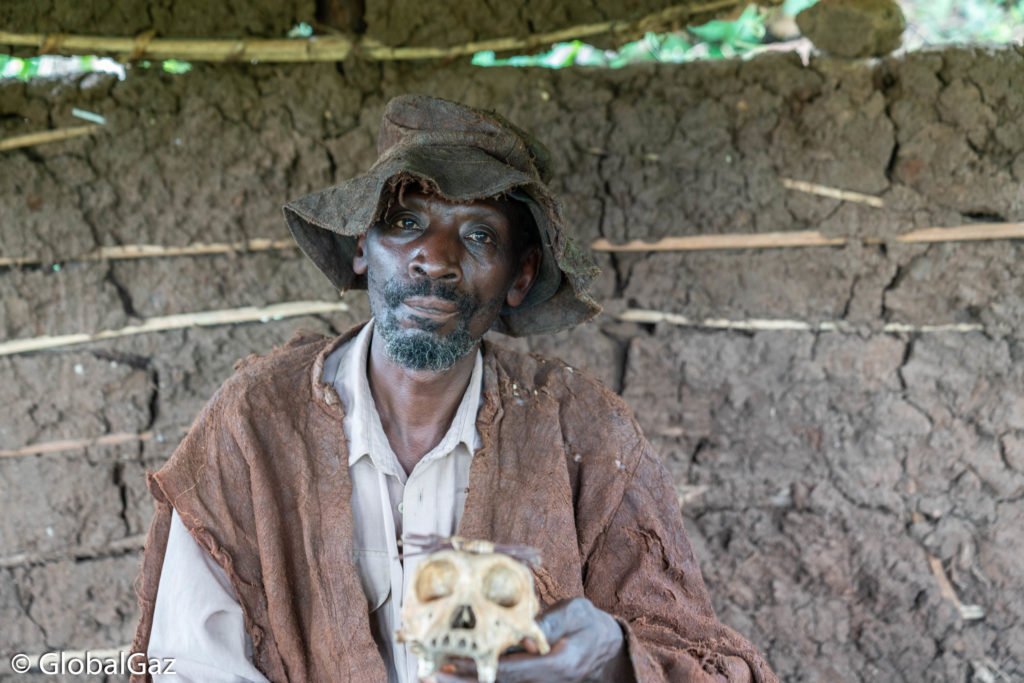
Our walk was over, yet I still had a local lunch to enjoy. I met the rest of my group who had all elected to participate on the Swamp Walk. Mary and I ambled to a small gazebo where a fresh local lunch was waiting for me.
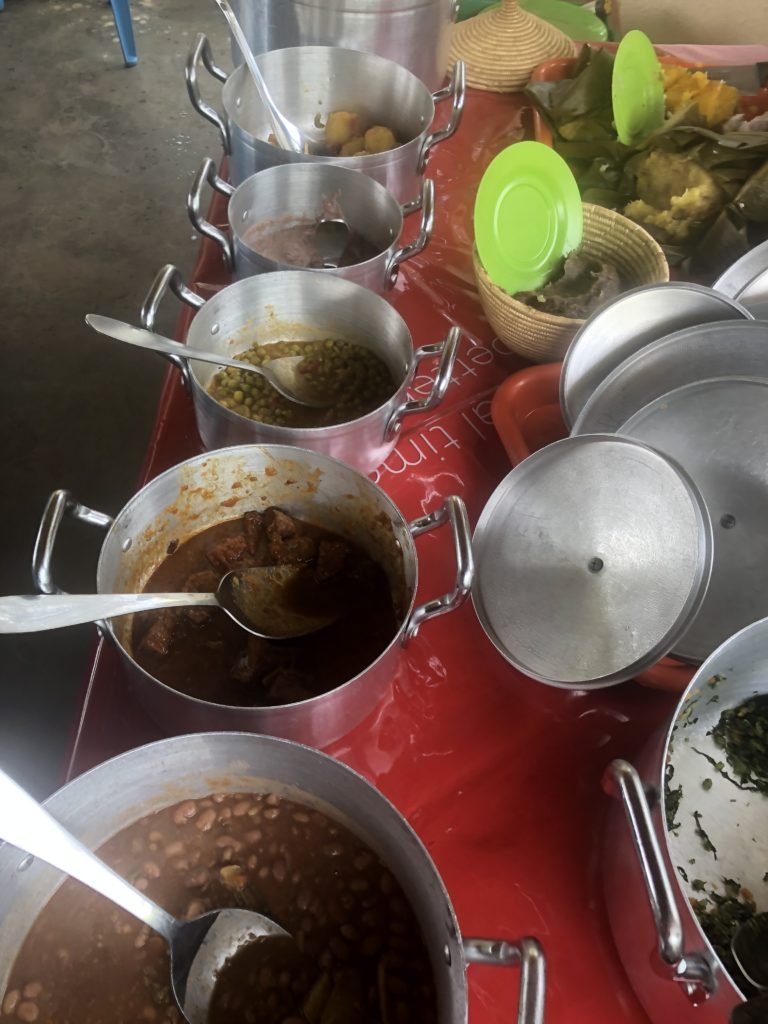
The Bigodi Cultural Walk of course does not compare to the “wow” factor of gorilla trekking, which is why many people visit Uganda, but I truly enjoyed and appreciated this experience. I felt the tour was an authentic and genuine way to learn about village life. And I totally admired the professionalism of the tour logistics and Mary’s guiding. And finally, this was a tremendous value at $11 while helping contribute to a meaningful cause that helped the entire village enjoy a higher quality of life. This tour was quite comprehensive in terms of including most activities and meals, the Bigodi Cultural Walk was an optional activity.
Cultural Walk Bigodi Uganda

Photos From Chernobyl
Sign up to receive your free copy of Photos From Chernobyl. Over 100 photos from the Chernobyl Exclusion Zone.

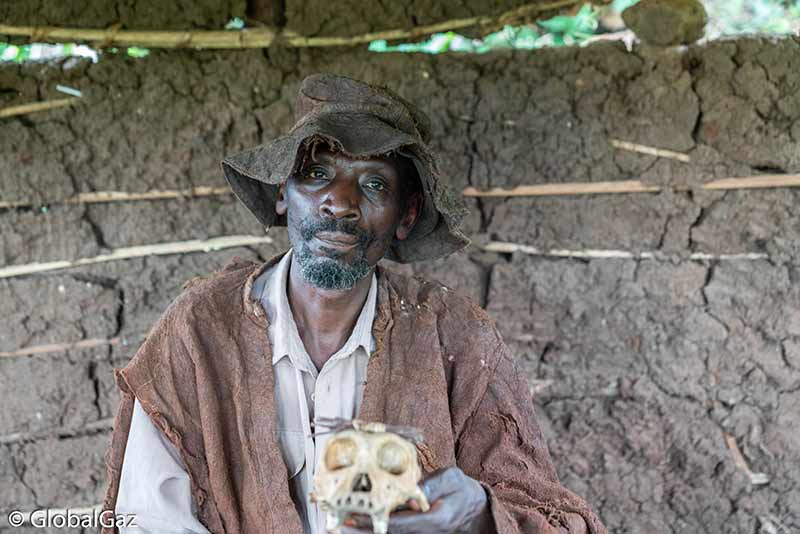

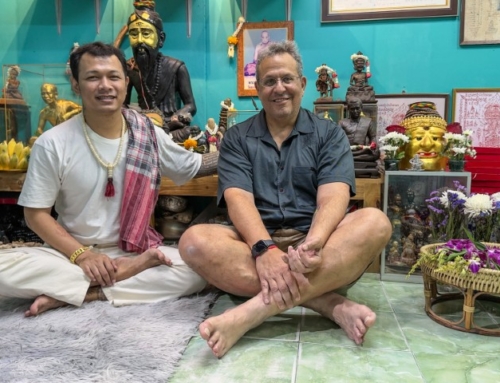
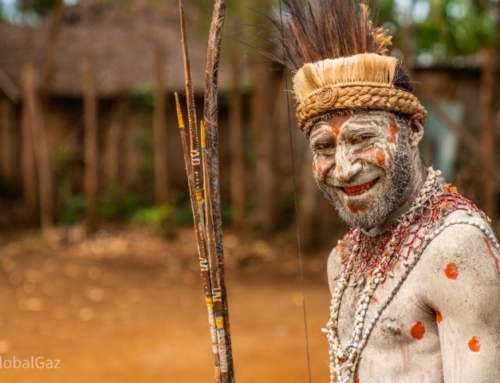
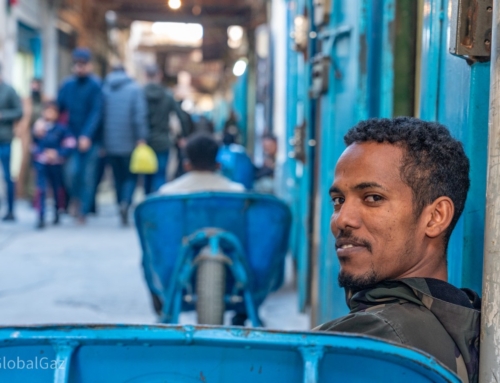


This is an excellent example of how to get to know Africa from its positive side: a tremendous potential for adequate development, a respectful encounter between two cultiures . Africa will develop through its own resources, not through external imposition of the Western “example”.
Thanks for sharing your thoughts!
[…] And near Kibale National Park is the village of Bigodi. Read about my Cultural Walk in Bigodi. […]
[…] out chimpanzee trekking in Kibale National Park and a Cultural Walk in the village of […]
[…] more about my trip with G Adventures to Uganda and Rwanda. Trekking with chimps, taking a cultural walk in the village of Bigodi, and safari in the Queen Elizabeth National […]
[…] Cultural walk in Bigodi […]
[…] our guide, Hassan, offers us the chance to do a birdwatching walk in the nearby Bigodi swamp, or a cultural walk in Bigodi village, but after three busy days including a full day of wildlife viewing in Murchison Falls, we decide […]
[…] ist ein Grassroot-Projekt mit Vorbildcharakter. Natürlich wurden darüber wissenschaftliche Studien […]